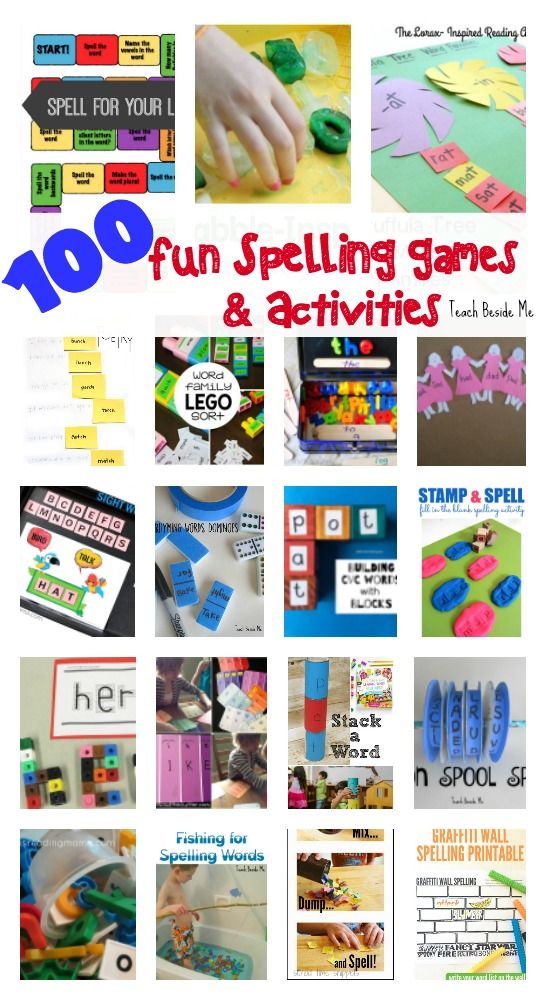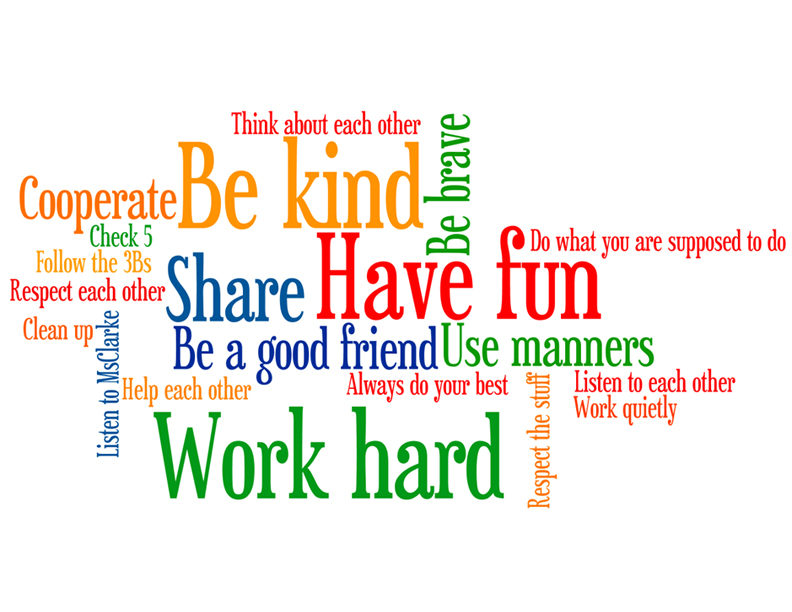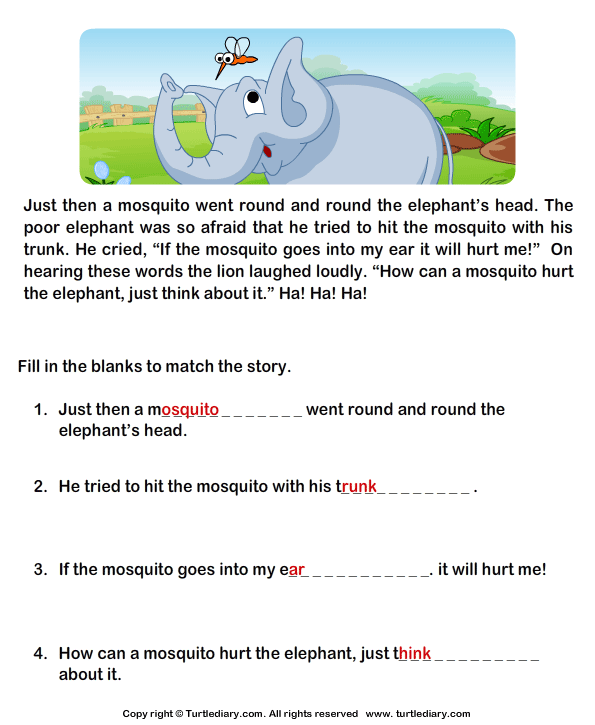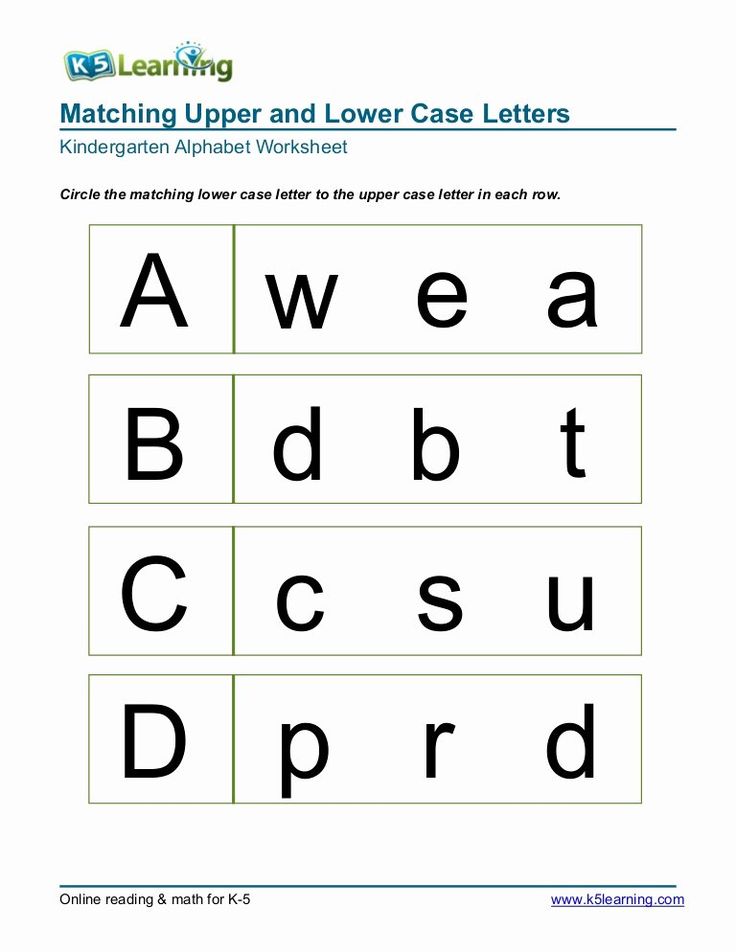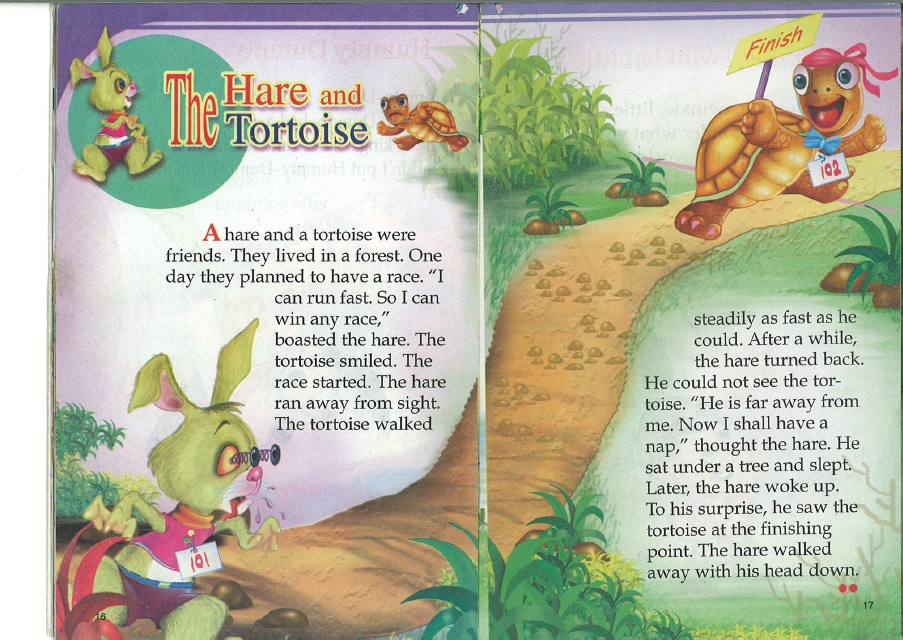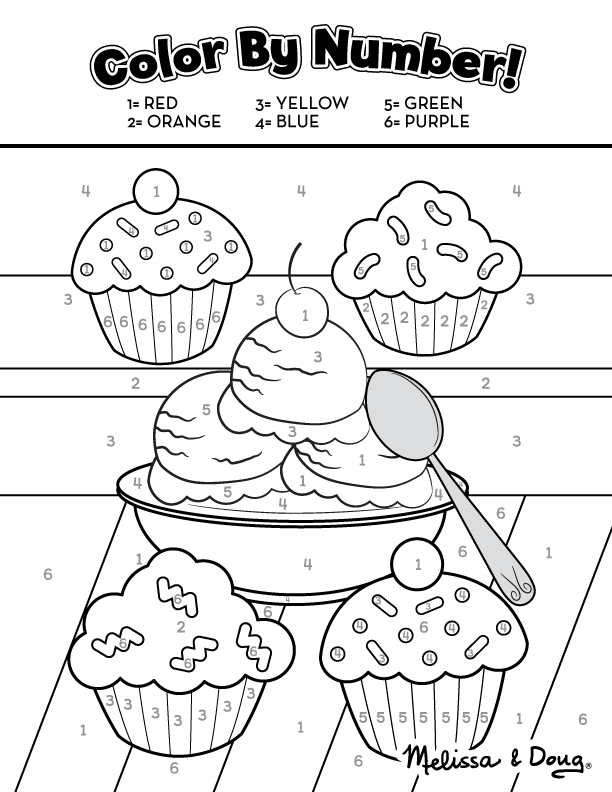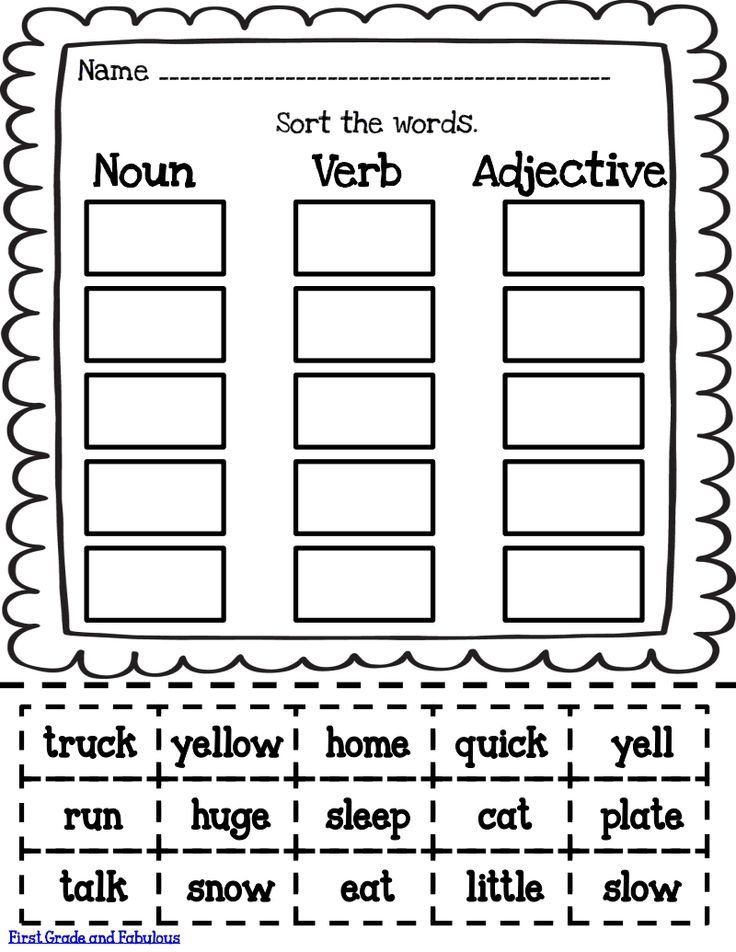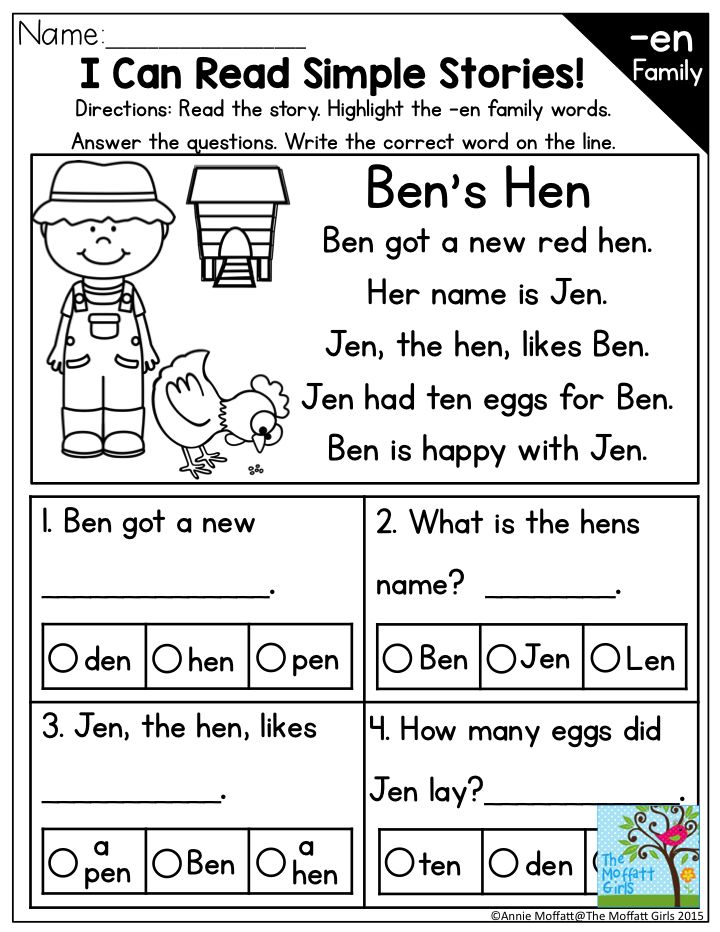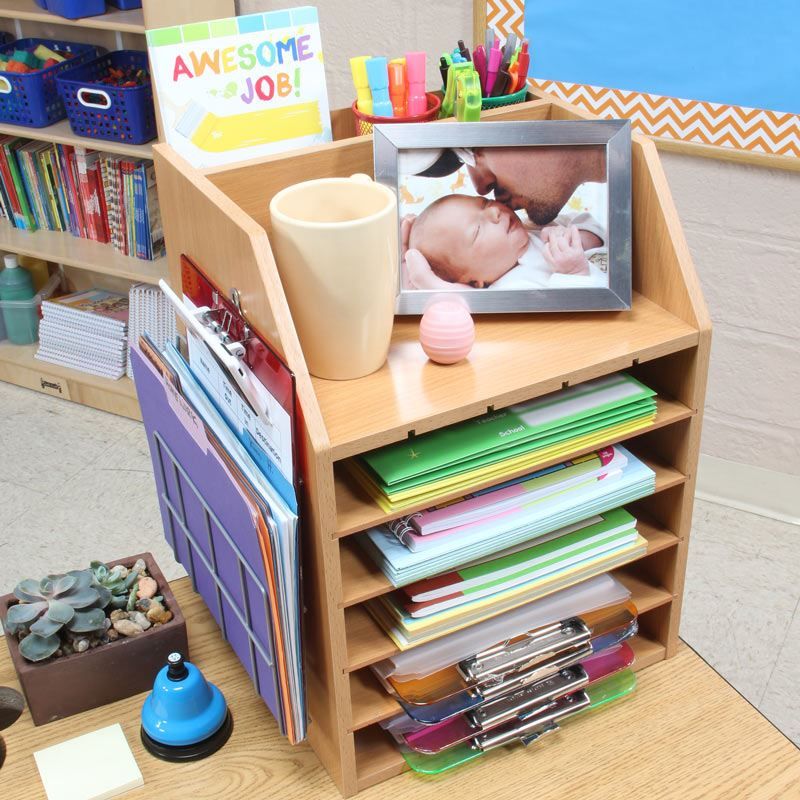Teaching kindergarteners how to read
9 Fun and Easy Tips
With the abundance of information out there, it can seem like there is no clear answer about how to teach a child to read. As a busy parent, you may not have time to wade through all of the conflicting opinions.
That’s why we’re here to help! There are some key elements when it comes to teaching kids to read, so we’ve rounded up nine effective tips to help you boost your child’s reading skills and confidence.
These tips are simple, fit into your lifestyle, and help build foundational reading skills while having fun!
Tips For How To Teach A Child To Read
1) Focus On Letter Sounds Over Letter Names
We used to learn that “b” stands for “ball.” But when you say the word ball, it sounds different than saying the letter B on its own. That can be a strange concept for a young child to wrap their head around!
Instead of focusing on letter names, we recommend teaching them the sounds associated with each letter of the alphabet. For example, you could explain that B makes the /b/ sound (pronounced just like it sounds when you say the word ball aloud).
Once they firmly establish a link between a handful of letters and their sounds, children can begin to sound out short words. Knowing the sounds for B, T, and A allows a child to sound out both bat and tab.
As the number of links between letters and sounds grows, so will the number of words your child can sound out!
Now, does this mean that if your child already began learning by matching formal alphabet letter names with words, they won’t learn to match sounds and letters or learn how to read? Of course not!
We simply recommend this process as a learning method that can help some kids with the jump from letter sounds to words.
2) Begin With Uppercase Letters
Practicing how to make letters is way easier when they all look unique! This is why we teach uppercase letters to children who aren’t in formal schooling yet.
Even though lowercase letters are the most common format for letters (if you open a book at any page, the majority of the letters will be lowercase), uppercase letters are easier to distinguish from one another and, therefore, easier to identify.
Think about it –– “b” and “d” look an awful lot alike! But “B” and “D” are much easier to distinguish. Starting with uppercase letters, then, will help your child to grasp the basics of letter identification and, subsequently, reading.
To help your child learn uppercase letters, we find that engaging their sense of physical touch can be especially useful. If you want to try this, you might consider buying textured paper, like sandpaper, and cutting out the shapes of uppercase letters.
Ask your child to put their hands behind their back, and then place the letter in their hands. They can use their sense of touch to guess what letter they’re holding! You can play the same game with magnetic letters.
3) Incorporate Phonics
Research has demonstrated that kids with a strong background in phonics (the relationship between sounds and symbols) tend to become stronger readers in the long-run.
A phonetic approach to reading shows a child how to go letter by letter — sound by sound — blending the sounds as you go in order to read words that the child (or adult) has not yet memorized.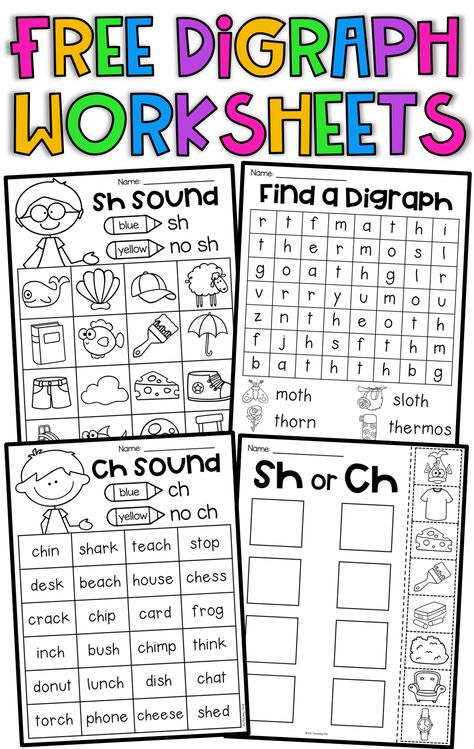
Once kids develop a level of automatization, they can sound out words almost instantly and only need to employ decoding with longer words. Phonics is best taught explicitly, sequentially, and systematically — which is the method HOMER uses.
If you’re looking for support helping your child learn phonics, our HOMER Learn & Grow app might be exactly what you need! With a proven reading pathway for your child, HOMER makes learning fun!
4) Balance Phonics And Sight Words
Sight words are also an important part of teaching your child how to read. These are common words that are usually not spelled the way they sound and can’t be decoded (sounded out).
Because we don’t want to undo the work your child has done to learn phonics, sight words should be memorized. But keep in mind that learning sight words can be challenging for many young children.
So, if you want to give your child a good start on their reading journey, it’s best to spend the majority of your time developing and reinforcing the information and skills needed to sound out words.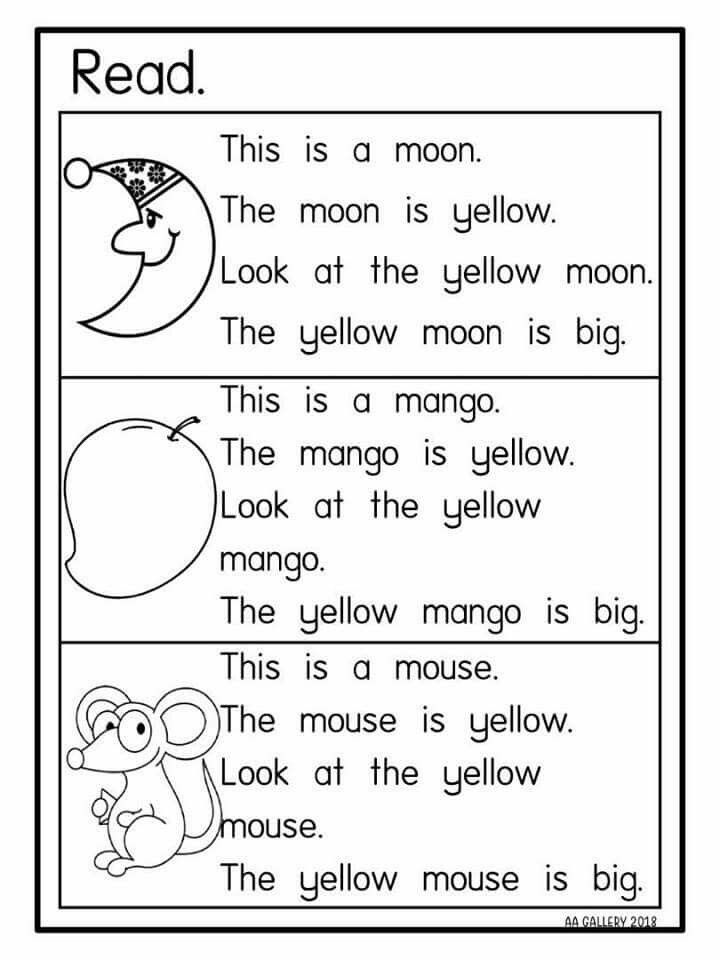
5) Talk A Lot
Even though talking is usually thought of as a speech-only skill, that’s not true. Your child is like a sponge. They’re absorbing everything, all the time, including the words you say (and the ones you wish they hadn’t heard)!
Talking with your child frequently and engaging their listening and storytelling skills can increase their vocabulary.
It can also help them form sentences, become familiar with new words and how they are used, as well as learn how to use context clues when someone is speaking about something they may not know a lot about.
All of these skills are extremely helpful for your child on their reading journey, and talking gives you both an opportunity to share and create moments you’ll treasure forever!
6) Keep It Light
Reading is about having fun and exploring the world (real and imaginary) through text, pictures, and illustrations. When it comes to reading, it’s better for your child to be relaxed and focused on what they’re learning than squeezing in a stressful session after a long day.
We’re about halfway through the list and want to give a gentle reminder that your child shouldn’t feel any pressure when it comes to reading — and neither should you!
Although consistency is always helpful, we recommend focusing on quality over quantity. Fifteen minutes might sound like a short amount of time, but studies have shown that 15 minutes a day of HOMER’s reading pathway can increase early reading scores by 74%!
It may also take some time to find out exactly what will keep your child interested and engaged in learning. That’s OK! If it’s not fun, lighthearted, and enjoyable for you and your child, then shake it off and try something new.
7) Practice Shared Reading
While you read with your child, consider asking them to repeat words or sentences back to you every now and then while you follow along with your finger.
There’s no need to stop your reading time completely if your child struggles with a particular word. An encouraging reminder of what the word means or how it’s pronounced is plenty!
Another option is to split reading aloud time with your child. For emerging readers, you can read one line and then ask them to read the next. For older children, reading one page and letting them read the next page is beneficial.
For emerging readers, you can read one line and then ask them to read the next. For older children, reading one page and letting them read the next page is beneficial.
Doing this helps your child feel capable and confident, which is important for encouraging them to read well and consistently!
This technique also gets your child more acquainted with the natural flow of reading. While they look at the pictures and listen happily to the story, they’ll begin to focus on the words they are reading and engage more with the book in front of them.
Rereading books can also be helpful. It allows children to develop a deeper understanding of the words in a text, make familiar words into “known” words that are then incorporated into their vocabulary, and form a connection with the story.
We wholeheartedly recommend rereading!
8) Play Word Games
Getting your child involved in reading doesn’t have to be about just books. Word games can be a great way to engage your child’s skills without reading a whole story at once.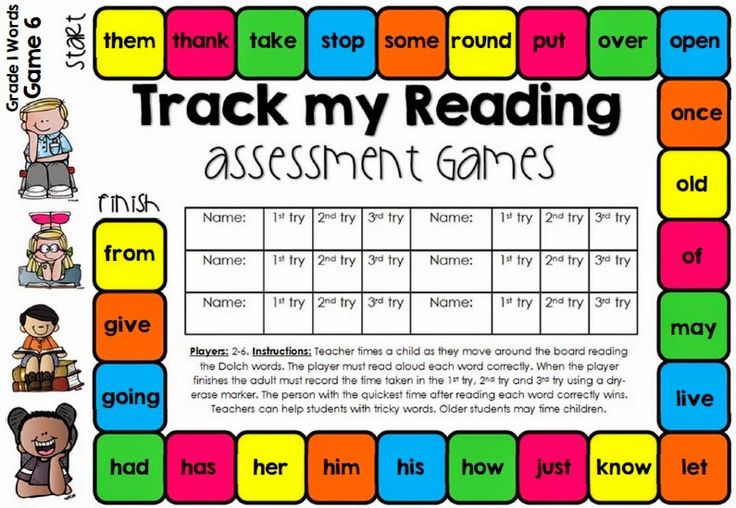
One of our favorite reading games only requires a stack of Post-It notes and a bunched-up sock. For this activity, write sight words or words your child can sound out onto separate Post-It notes. Then stick the notes to the wall.
Your child can then stand in front of the Post-Its with the bunched-up sock in their hands. You say one of the words and your child throws the sock-ball at the Post-It note that matches!
9) Read With Unconventional Materials
In the same way that word games can help your child learn how to read, so can encouraging your child to read without actually using books!
If you’re interested in doing this, consider using PlayDoh, clay, paint, or indoor-safe sand to form and shape letters or words.
Another option is to fill a large pot with magnetic letters. For emerging learners, suggest that they pull a letter from the pot and try to name the sound it makes. For slightly older learners, see if they can name a word that begins with the same sound, or grab a collection of letters that come together to form a word.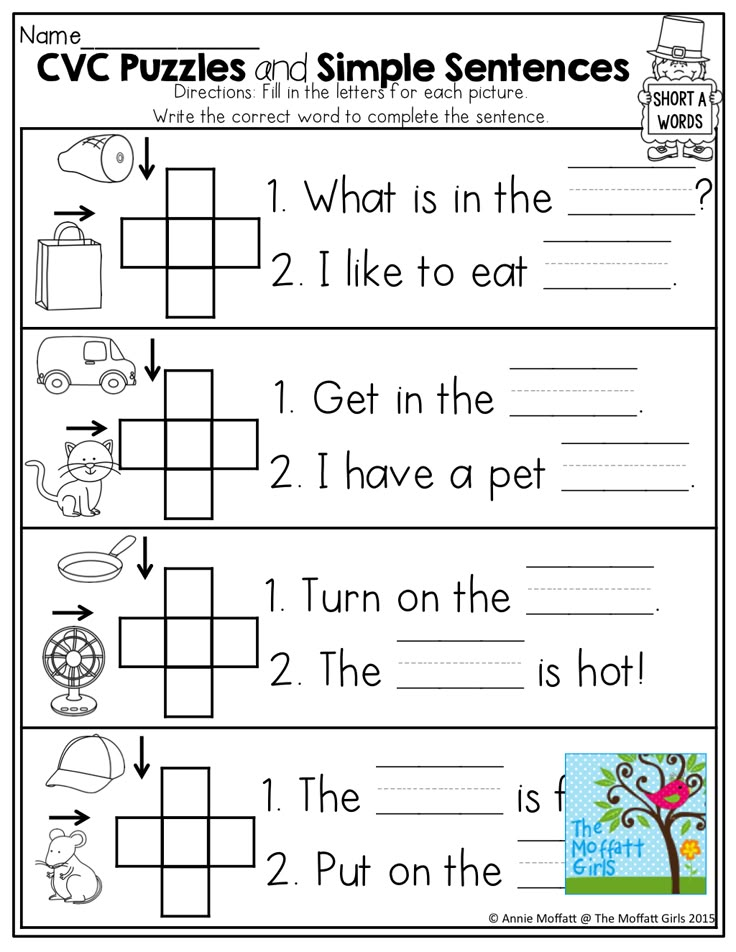
As your child becomes more proficient, you can scale these activities to make them a little more advanced. And remember to have fun with it!
Reading Comes With Time And Practice
Overall, we want to leave you with this: there is no single answer to how to teach a child to read. What works for your neighbor’s child may not work for yours –– and that’s perfectly OK!
Patience, practicing a little every day, and emphasizing activities that let your child enjoy reading are the things we encourage most. Reading is about fun, exploration, and learning!
And if you ever need a bit of support, we’re here for you! At HOMER, we’re your learning partner. Start your child’s reading journey with confidence with our personalized program plus expert tips and learning resources.
Author
Teaching Kids How to Read
Teaching kids how to read can seem like an intimidating task. Where do you start? Where do you go from there?
Whether you tutor, teach in the classroom, homeschool, or work with your child after school, you can use the printables and resources you find here at This Reading Mama to be successful in teaching kids how to read!
*This article contains affiliate links.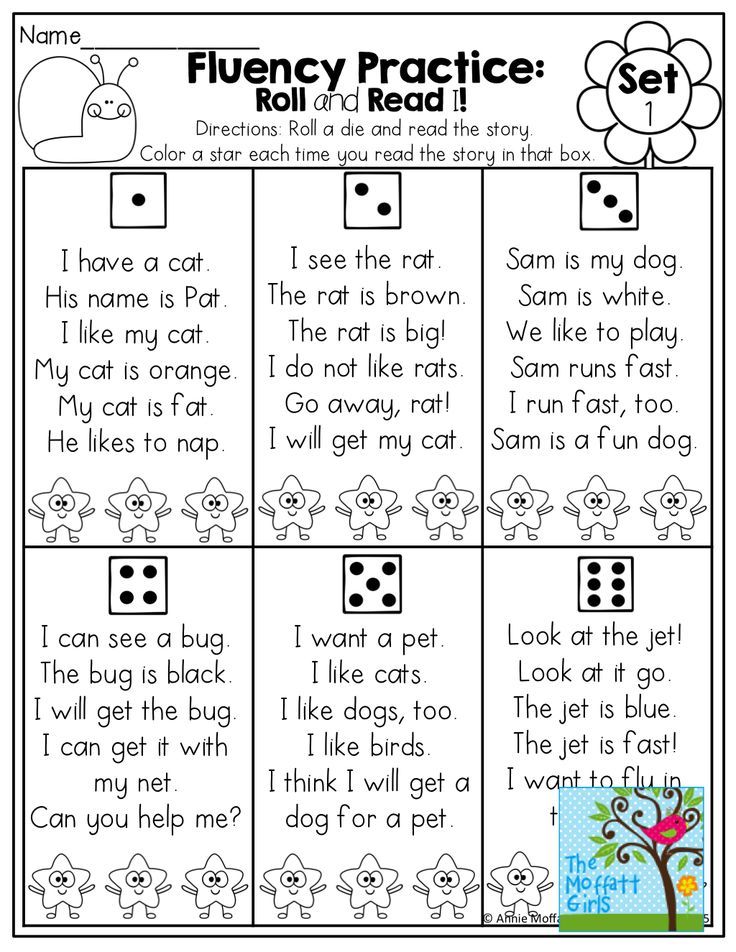
Let’s start at the very beginning, shall we? Is your learner even ready to read? Check out our reading readiness printable checklist for getting ready to read.
Important Skills for Reading
Learning to read isn’t just about knowing letters. Sure, that’s a part of it. But learners need to be able to connect letters with letter sounds through phonemic awareness.
Simply put, can your learner identify or change the sounds (s)he hears in words? For example, does (s)he understand how to rhyme with hat? Or can she hear that the last sound in hat is /t/?
Check out our 7-day series on phonological and phonemic awareness. Included are lots of printable activities you can use with your learners.
Look for all our reading readiness printables, too.
Learning the Alphabet
Learners must also know letters and letter sounds to read. That’s why I developed Learning the Alphabet.
Learning the Alphabet helps learners connect letters to their sounds in fun and hands-on activities.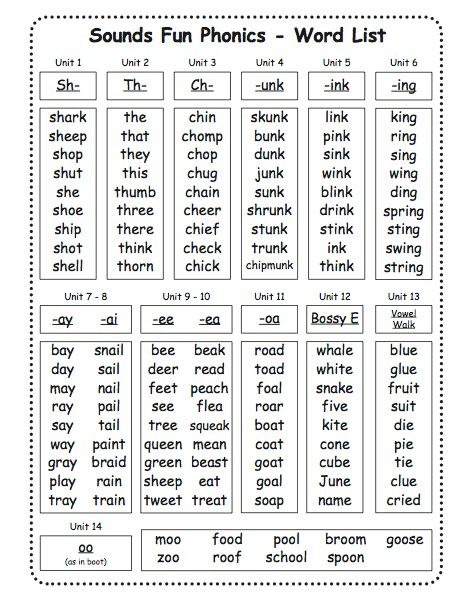 All the ABC packs can be downloaded for free, but I also have a bundle that’s updated and expanded in my shop.
All the ABC packs can be downloaded for free, but I also have a bundle that’s updated and expanded in my shop.
You can find more of our free alphabet printables.
Reading the Alphabet
Learning the Alphabet flows right into Reading the Alphabet.
I designed Reading the Alphabet for older preschoolers who aren’t quite ready for Kindergarten, but are ready to deepen their knowledge of sounds in words and begin reading at a slower pace.
Once again, you can download all the lessons for free. You can find the updated and expanded bundle pack in my shop.
Learn to Read {with Word Families}
Reading the Alphabet feeds right into Learn to Read.
Learn to Read was designed with Kindergartners in mind who are ready to explore more sight words and short vowel word families.
Free word family books with a few activities in each can be downloaded for each word family {24 in all}.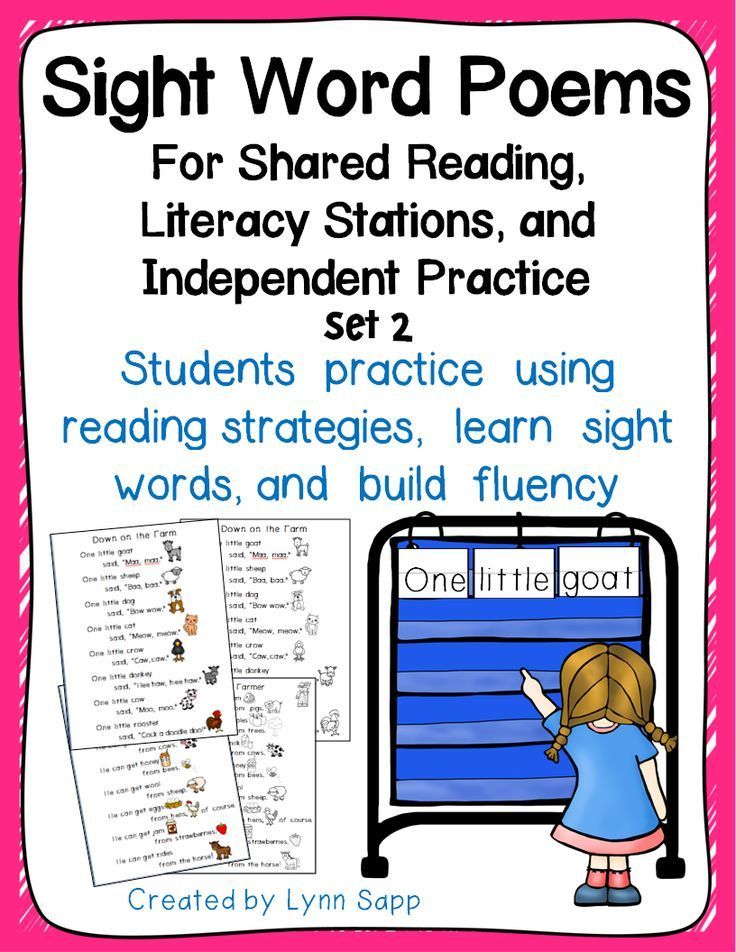 Learn to Read is also bundled with LOTS of extra goodies at my blog’s shop.
Learn to Read is also bundled with LOTS of extra goodies at my blog’s shop.
What Comes After Learn to Read?
I often am asked if I have a curriculum after Learn to Read. I actually do, but it’s unfinished {and I don’t have plans to finish it at this time}. It’s a Bible-based curriculum called Phonics by the Book.
You can also try our free BOB Books printables. They go hand-in-hand with the BOB Books {or you can use many of the printables without the books}.
If you’re looking for a complete curriculum for teaching reading, I HIGHLY recommend All About Reading. It’s filled with hands-on activities, readers, and TONS of teaching tips! You can read my All About Reading Review.
Maybe you just want to know what skills learners need after they’ve mastered the simple sight words and CVC words. This list of K-2 Phonics Skills should help.
You can find MANY free printables for nearly any early phonics skill you can think of on my free printables page, so be sure to check them all out!
Want MORE Free Teaching Resources?
Subscribe to my newsletter to get exclusive hands-on activities and printables delivered right to your inbox!
Enjoy teaching!
~Becky
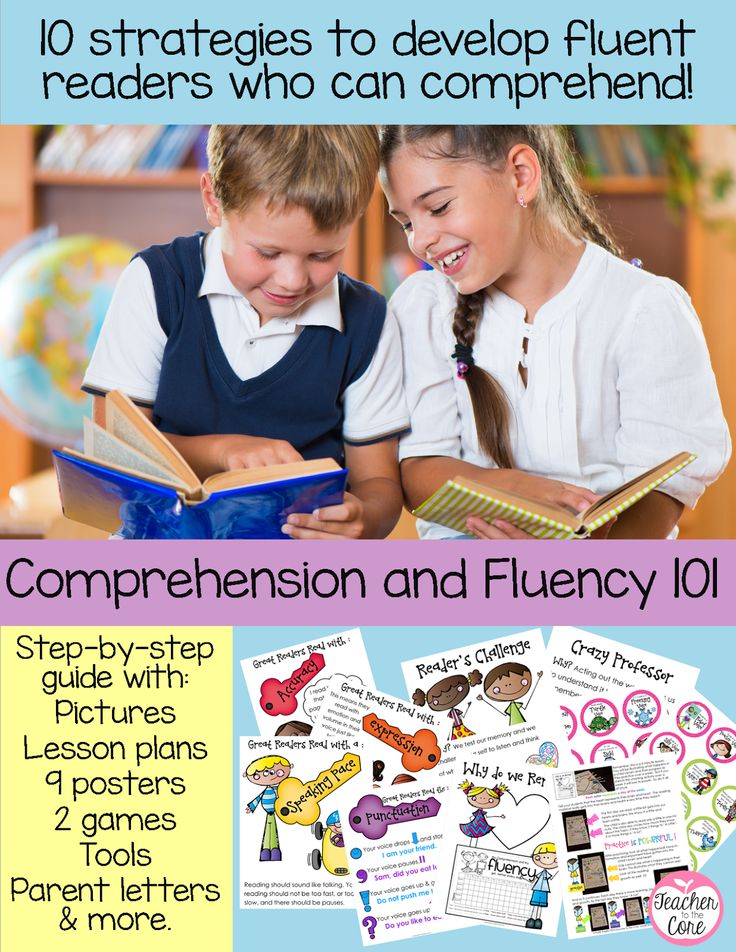 Teaching reading to preschool children. | Material (senior group):
Teaching reading to preschool children. | Material (senior group): Posted on 26.01.2020 - 15:09 - Valkova Natalya Viktorovna
Mastering reading is an important and crucial moment in the development of a child. The love of reading depends on how quickly and easily the child will comprehend what he read. Light texts contribute to the development of meaningful reading.
Download:
Preview:
Age characteristics of preschoolers
Kindergarteners after 5 years of age are very active, mobile, inquisitive. They rapidly grow up, grow wiser, develop physically and mentally.
When preparing for school, teaching reading by syllables, parents and teachers should pay attention to the following age characteristics of children aged 4-7:
- The main need of kindergarteners is communication and games. Children ask a lot of questions to adults, themselves, peers. Learn by playing.
- The leading mental function is imagination, fantasy.
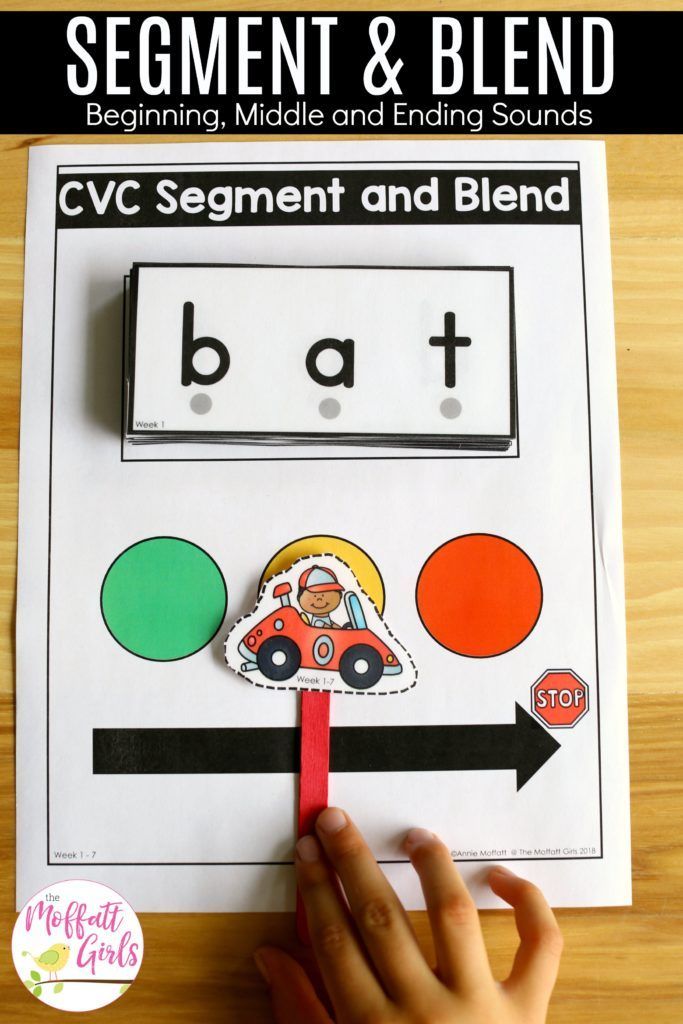 This helps to show creativity.
This helps to show creativity. - Emotions, impressions, positive experiences are important for further development, the desire to continue activities. Kindergartener 5-7 years old needs praise, support, lack of comparison with other children.
- Cognitive processes are actively developing: attention, memory. At 5-7 years old, preschoolers can remember and analyze a large amount of information. But you need to give it in doses, trying not to overload the children's brain in one lesson.
- Speech becomes more developed. At the age of 5, the kid speaks in complex sentences, can pick up several synonyms for one word, knows a lot of poems, riddles, and several fairy tales by heart.
- Kindergartener wants to learn new things and learn. The kid is spurred on by curiosity, he is interested in everything new, unknown.
How to work with texts
Reading poems, short stories for preschoolers is a new kind of work. The difficulty of completing the reading task lies in the fact that the kindergartener does not always understand the meaning of the passage. To avoid this, you need to approach the choice of material and methods of its processing correctly. Build the learning process as follows:
To avoid this, you need to approach the choice of material and methods of its processing correctly. Build the learning process as follows:
- Match the handouts to the student's age. For kids 4-5 years old, cards of 1-3 sentences, for older preschoolers - 4-5 sentences.
- Pay attention to the number of words in the sentences. There should be few of them. Simple texts for reading for preschoolers are easier to digest, but you can’t stay at an easy level for a long time.
- Move on to working with text cards after automating syllabic reading.
- Read in a chain in a group or together with adults in individual work.
- Do not rush the child. At the learning stage, reading comprehension is important, not the speed of reading and the amount of time spent.
|
|
|
|
|
|
|
|
|
|
|
|
|
|
|
9000 9000 |
on the topic: Methodological development, presentations and notes
Teaching for reading children of preschool
This material will help parents begin to teach early reading of preschool children. Organize this process in an interesting game form....
Organize this process in an interesting game form....
The work program of the circle for teaching reading to preschool children with elements of the technology "Zaitsev's Cubes" N.A. Zaitseva
The work program of the circle for teaching reading to preschool children with elements of technology "Zaitsev's Cubes" by N.A. Zaitsev ...
Games for teaching reading to preschool children
Is it necessary, when preparing children for school, to teach them to read, write and count? Parents are increasingly convinced that these skills will make it easier for their child to start school life. But how can one make sure that teaching reading is not...
ICT in teaching reading to preschool children as part of additional educational services.
ICT in teaching reading to preschool children as part of additional educational services....
Additional general educational general development program for early teaching reading to preschool children (project) "How to be able to read well.
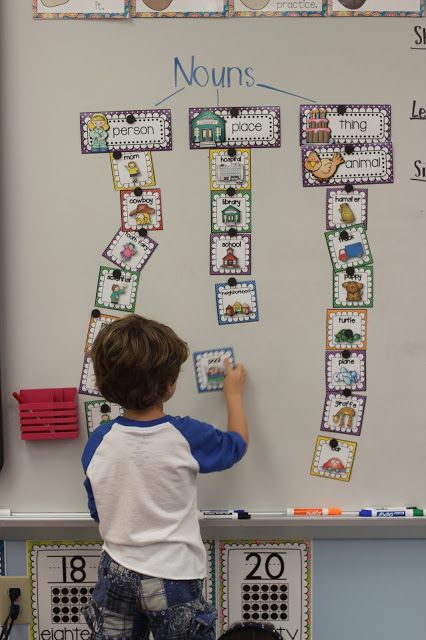 .."
.." Municipal preschool educational institution "Kindergarten No. 23 "Agreed: ...
Abstract of a lesson in teaching reading to preschool children according to the method of N.A. Zaitseva
Summary of classes in teaching reading to preschool children according to the method of N.A. Zaitsev...
Supplementary Educational Program "Teaching Reading" for Preschool Children
Additional Educational Program "Teaching Reading" for Preschool Children....
Share:
Early learning to read. Pros and cons — New hero
Dear parents! Have you already thought about the fact that early learning to read can be exciting and interesting for your son? In addition, it is also a useful activity for you, dear adults!
Early is when?
What do you understand by early learning to read? When is "early" for you? At what age would you start reading with your son? Let's discuss all possible points.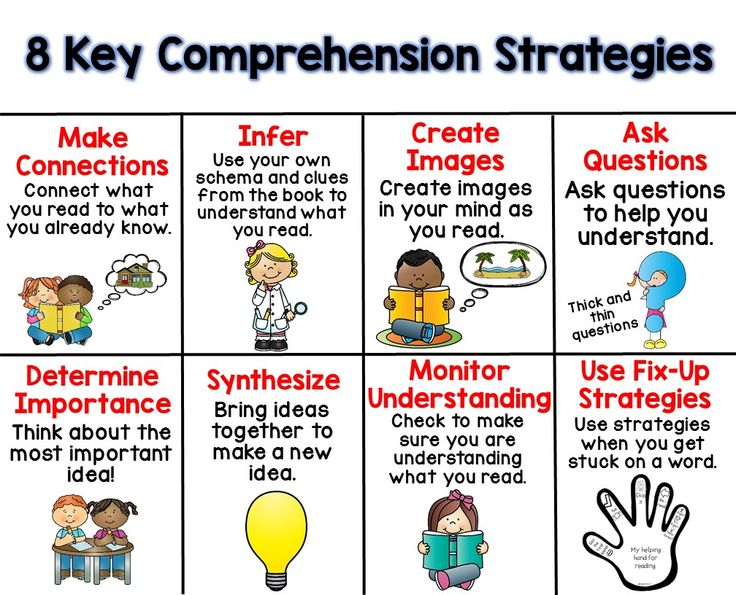
It is generally accepted, and even regulatory documents tell us, that a child should be taught to read by an elementary school. However, many parents are convinced that learning to read should begin as early as kindergarten. They zealously demand that their daughter or son read as early as four years old.
Remember that teaching your child to read is not the task of kindergarten. However, no one forbids teaching a son to read at home. You can do it yourself and with pleasure at any age. By the way, teaching reading at home is a significant savings on money that you could spend on early development schools. Everything is possible at home and on your own!
Any kindergarten teacher must know how to teach reading. Use of this technique should begin in the sixth year of a child's life. Unfortunately, it is unrealistic to do this earlier due to the overcrowding of kindergarten groups.
The positives
As you may have guessed, early learning to read has both pros and cons.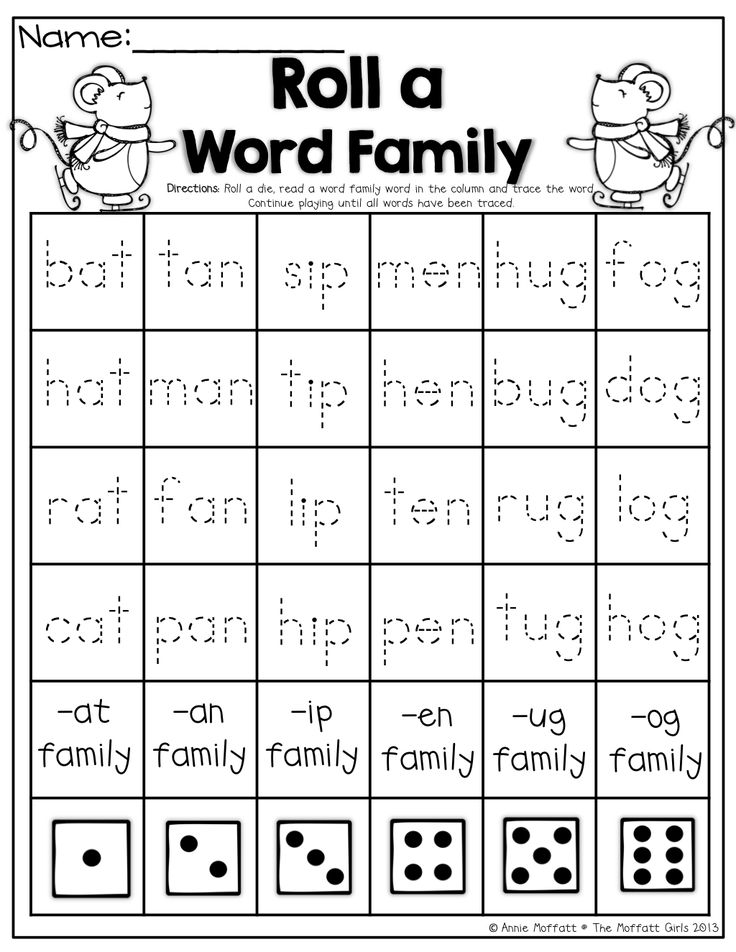 I propose to talk about the arguments "for".
I propose to talk about the arguments "for".
- Your little son quickly absorbs everything new and interesting. His perception is not yet "clogged" with unnecessary information. Therefore, reading can be taught from an early age. Then this process will become natural for the child. Your son will be sure that he learned to read on his own, without your help.
- The sooner your child learns to read, the easier it will be for him to adapt to our modern information society. He will be able to absolutely independently receive all the information of interest to him from printed sources or from the Internet. Be sure - the heroes of "Dunno" and "The Wizard of the Emerald City" will become your child's best friends!
- Learning to read can become a major problem when a child who cannot read goes to school. On the contrary, a child who has mastered reading skills freely and quickly adapts to the conditions of elementary school. He may pay more attention to other activities than just reading.
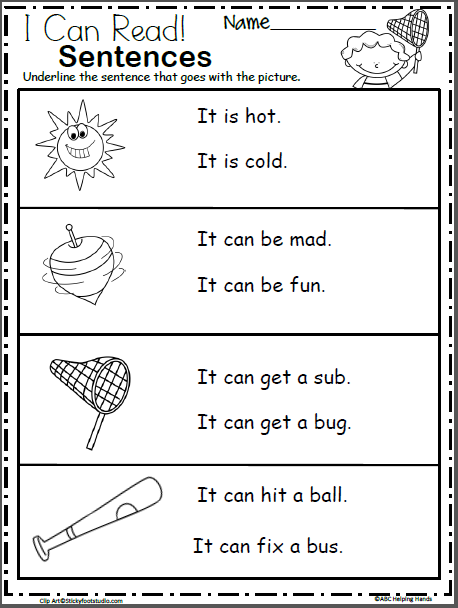
Early learning to read is a fly in the ointment
Among teachers, there are many opponents of early learning to read. But this is due, rather, to the fact that such a teacher simply does not know how to interest a fluently reading child during the lesson. After all, the rest of the children are just beginning to learn letters and put them into syllables, and then into words.
- The same opponents of early learning to read never tire of repeating that a child who can read is not interested in reading lessons. His discipline is lame and classmates are distracted. Such children usually have a reputation for being smart but playful. However, it is unlikely that their behavior would change if they did not know how to read.
- When a child learns to read at an early age, there is a possibility that he may read something that he should not know about. But here everything depends only on the upbringing of the child, on family values and instilling in the child a culture of reading.

Learn more

